All too often I meet with clients that have grand ideas for investing or other business projects for cash flow, but they don’t have a thorough and sensible plan to get there. I have learned time and time again, that a 10-Year Plan is critical to set the path for the business and then build annual plans around it.
Now, this process may seem a little overwhelming or complicated at first, but the beauty of having a small business is that you can be agile and quick to change the course of your ship. You can make executive decisions and implement them rather quickly. Large companies can’t do this. You are the captain of your ship and generally don’t have to answer to anyone, (except, perhaps, your family, backers/investors, or banker). You can make things happen much faster than any Wall Street executive. Use this to your advantage – start with a plan!
Put Your Vision in Writing
Sit down in that special place where you feel like you can think clearly, (which could be anywhere from your home office to the mountains, the beach, the park, or the local library), and create your “ideal scene.” What does your life look like now, and what do you want it to look like, (at least within your business), one year, three years, five years, and even ten years from now? You and your Board of Advisors need to know what you’re planning for. A plan without specific goals is like taking a trip without a destination.
When writing your ideal scene, take away the common constraints of time, money, and education. Assume that you can realistically get the money and education you need, as well as have the time over 10 years to achieve that ideal scene. Don’t just write down a few sentences. Be specific. Where are you sitting? Who are you with? How much is in your bank account as a reserve for emergencies, and how much is in your retirement accounts? Which type of investments do you have? How many rental properties? Is your home paid off? What are some of those recreational items you were hoping to have by then? Where have you traveled?
With all that said, keep it realistic and don’t overdo it. However, be generous with yourself, and know that you can always modify the plan as your life may change or evolve. Don’t get frustrated with yourself if you don’t seem to be making the progress you hoped for. It’s not a race, so don’t compare yourself to others.
Take the Time to Pack your Bags
As I mentioned above, this path to your ‘ideal scene’ is much like a journey you might take to a far away place. It is then expected and realistic to assume you would take the time to prepare yourself? Wouldn’t you pack your bags choosing the right apparel and supplies? The same principles would apply on your path to your ideal scene.
Otherwise stated, you may need to take one step back in order to take two steps forward. For example, you may need to get out of debt, change jobs, optimize your business, move your residence, or even sell some assets. That’s ok. Don’t get frustrated if you don’t make a ton of forward progress the first year. You need to have your structure and foundation in place before you try to build your mansion.
This is almost a universal or even spiritual point of view. How can you expect to build financial freedom if your current house isn’t in order? I also can’t go on without a reference to the Kevin Costner film Field of Dreams. Wherein, the main character played by Costner had to build a baseball field in a cornfield in the middle of nowhere, on a prompting, on faith that “if he built it, they (the players) would come.” I don’t want to ruin the movie for you, but spoiler alert: the players ultimately came after he built the field. As such, your financial freedom is only going to come after you build it (and by that, I mean plan) and have your affairs in order. You can’t put wine in old bottles, so get ready for success if you really want success to come!
How to Build a Ten Year Plan!
Now that you have your 10 year plan based on an ‘ideal scene’ in the future, work backwards with what you need to accomplish in order to get there. For example, if you want 10 rental properties, you would want to have 5 properties in the next 5 years. Then, it would reason you would want 3 properties in the next 3 years, and possibly even 1 property in the next year. However, as I stated above, if you need to get your affairs in order, or even eliminate some consumer debt before buying your first property, maybe you don’t buy a rental property for the first two years. But because you have prepared yourself for healthy and stable growth, you buy 4 properties in year three.
Let’s face it, it’s easy in a small business to become reactionary to the concerns or crisis of the day, and you will often feel like you are holding on for dear life. You can literally be living month to month financially and emotionally. I’ve been there. Heck, I think any honest business owner will admit to having had those moments, days, and sometimes months, or even years of living on the edge. A strategic plan, however, can help you get from where you are to where you want to be. This strategic plan will be designed by you to help YOU succeed as a business owner and build wealth.
A strategic plan sets forth a timeline of specific tasks that need to be completed in order to make your business plan a reality. It’s a specific list of objectives to reach specific goals.
Even experienced business owners can benefit from using a strategic plan as an integral part of their business. It is so difficult to manage all of the loose ends and chaos that can occur when running a small business. A strategic plan will help you overcome these hurdles. Such a plan is essentially a checklist of things that need to be completed in the next month, three months, six months, and twelve months. It takes your business to the next level when you are trying to decide where it is most effective to spend your time. It also takes the guesswork out of what to do next.
Also, keep in mind your 10-Year Plan comes “alive’ when you share it and someone is holding you accountable. I discuss the importance of your Board of Advisors or Board of Directors on a regular basis in all of my workshops and videos. And as I stated above, I suggest you update your plan monthly, and at the very least redraft it every three months. Nevertheless, you should be carrying it around with you everywhere you go. Review it constantly and stay disciplined. Make sure you are adding notes to your plan whenever you have a “brilliant idea.” Don’t say to yourself, “I need to do that next quarter when I review my plan.” Write it down now!










